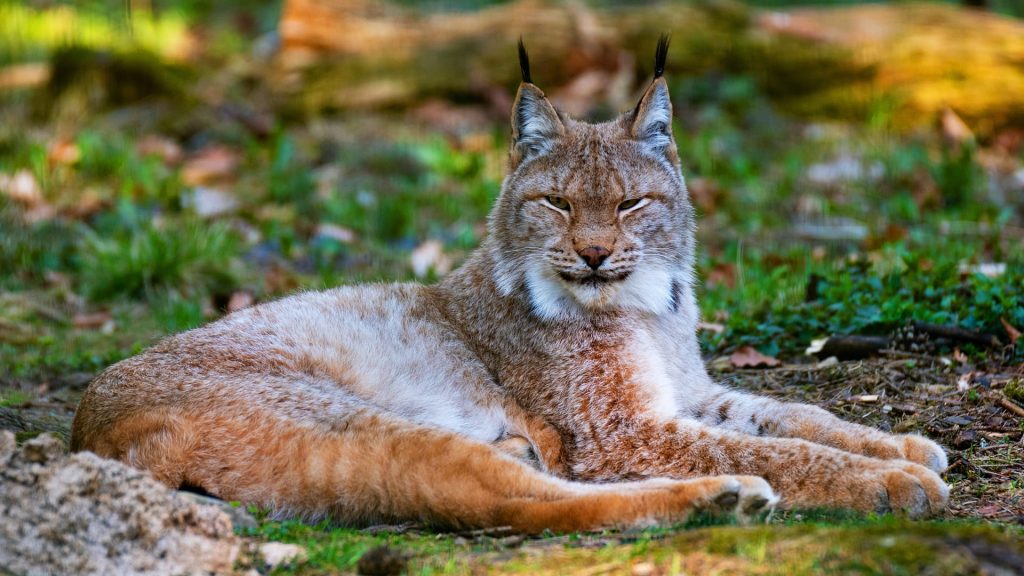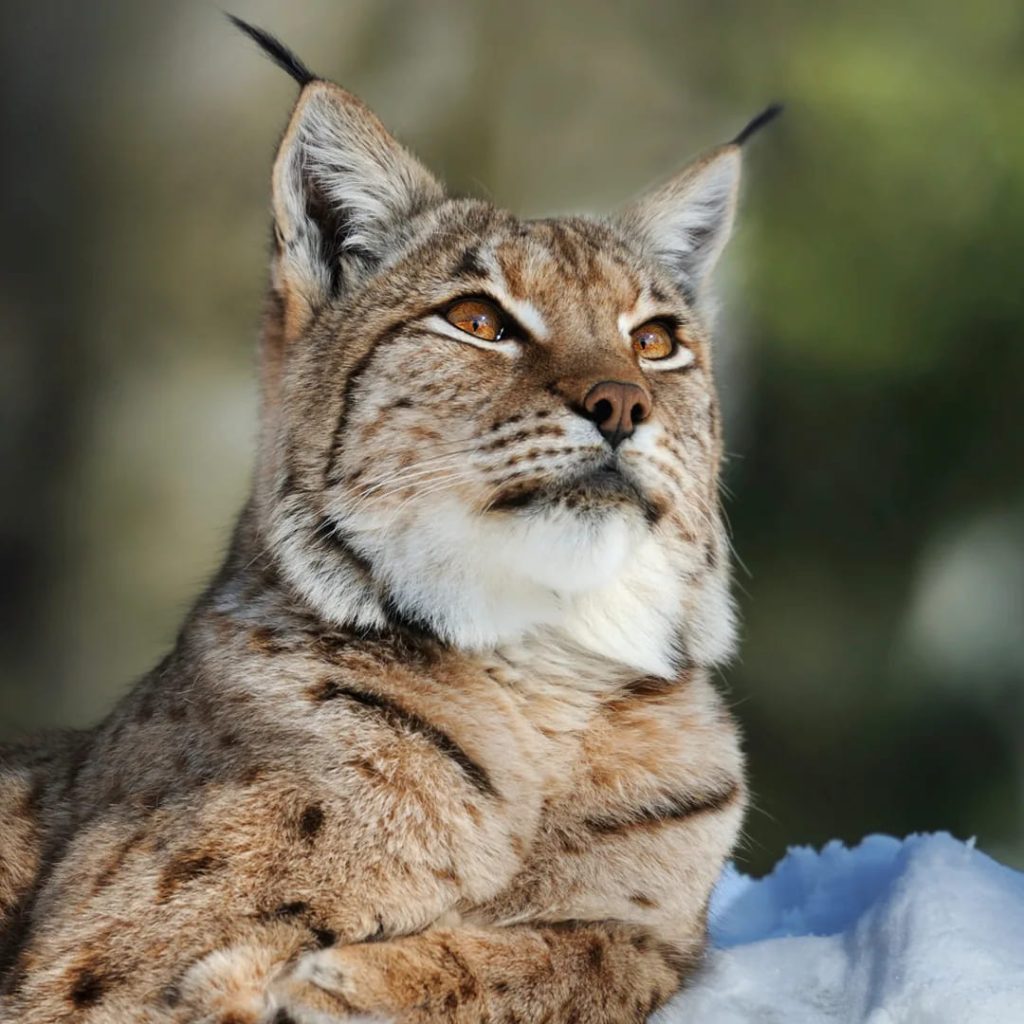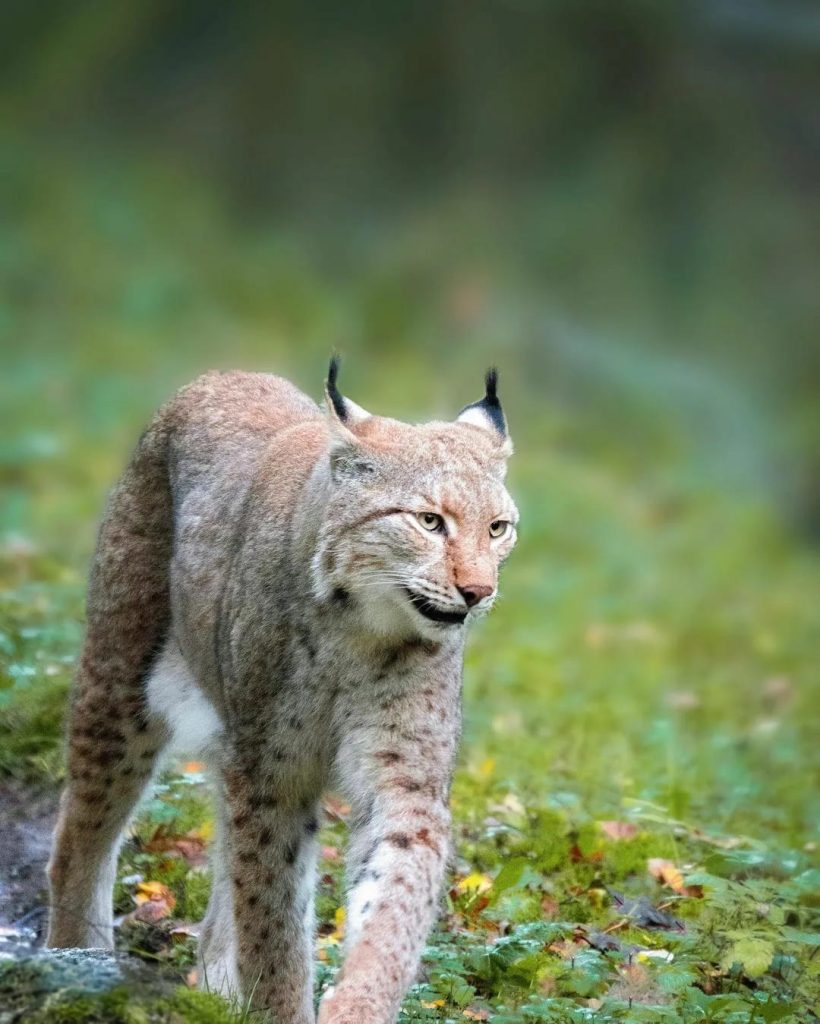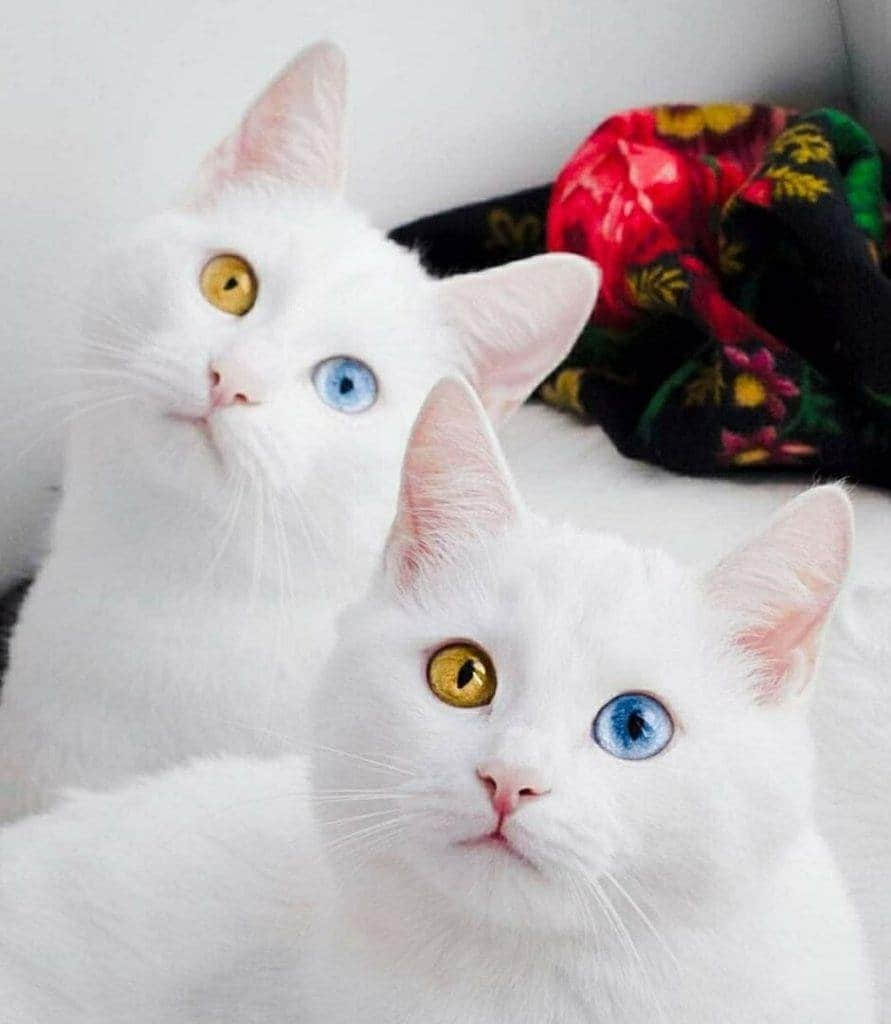Canada’s wilderness holds secrets waiting to be unraveled, and among its most enigmatic inhabitants is the lynx population. These majestic felines have captured the imagination of nature enthusiasts and researchers alike. In this article, we delve into the lives of Canada’s lynx, uncovering their hidden mysteries, habitat, behaviors, and their crucial role in the ecosystem.
A Closer Look at Canada’s Lynx Population

Canada’s Enigmatic Lynx Population: What Sets Them Apart?
The lynx, a medium-sized wild cat with its characteristic tufted ears and distinctive fur coat, has long been a symbol of the northern wilderness. What sets the Canadian lynx population apart is its adaptation to the harsh environments of the boreal forests and tundra regions. This adaptation has led to unique behaviors and physical features that distinguish it from other cat species.
Exploring the Habitat of Canada’s Lynx Population

The Canadian lynx thrives in habitats where few other creatures can. Their preference for dense forests, especially those of coniferous trees, provides them with ample cover for hunting their primary prey: snowshoe hares. The vast boreal forests and remote tundra expanses offer the perfect seclusion for these elusive felines, allowing them to navigate the snowy landscapes with unmatched grace.
The Dance of Seasons: Lynx Population Dynamics
Understanding the cyclic nature of the lynx population is essential to appreciating their survival strategies. The population of lynx and their primary prey, snowshoe hares, undergoes periodic fluctuations known as the “snowshoe hare cycle.” As the hare population booms and crashes, it directly impacts the lynx population, causing shifts in their behaviors, reproduction rates, and even movement patterns.
Adaptations of Canada’s Lynx: Masters of Survival

The lynx population’s adaptations are a marvel of nature. From their large, padded paws that act as snowshoes to their keen senses of sight and hearing, these felines are built for survival. Their thick fur coats provide insulation against the cold, while their remarkable ability to detect even the faintest rustle in the underbrush aids in successful hunts.
Canada’s Lynx vs. Human Encounters: Navigating a Shared Habitat
As human activity expands into previously untouched regions, the paths of humans and lynx are increasingly crossing. Understanding how to coexist with these creatures is paramount. Responsible ecotourism and wildlife management practices can ensure that these encounters are both safe for humans and beneficial for the lynx population.
Unveiling Lynx Behaviors: More Than Meets the Eye

Solitude and Stealth: Lynx Hunting Techniques
The lynx population’s hunting techniques are a testament to their patience and stealth. They rely on their exceptional camouflage and ability to patiently stalk their prey before pouncing with impressive speed. Observing these behaviors sheds light on the complex interplay between predator and prey in the wild.
Territorial Tales: Marking and Defending Territories
Lynx are solitary creatures that fiercely guard their territories. Scent marking and vocalizations play a crucial role in communicating territorial boundaries to other lynx. By delving into the intricacies of this behavior, we gain insight into the lynx population’s social dynamics and the lengths they go to ensure their survival.
The Mysterious Mating Rituals of Canada’s Lynx

During the brief breeding season, the behaviors of Canada’s lynx population take a fascinating turn. Their haunting calls echo through the forests as males and females communicate and search for potential mates. Exploring the nuances of their mating rituals provides a deeper understanding of their reproductive strategies and the challenges they face.
The Vital Role of Canada’s Lynx in the Ecosystem

Canada’s Lynx Population: Guardians of Biodiversity
The presence of the lynx population in Canada’s wilderness has far-reaching effects on the ecosystem. Their role as predators helps control the population of herbivores like snowshoe hares, preventing overgrazing and promoting healthy vegetation. This delicate balance reverberates throughout the food chain, ultimately shaping the entire ecosystem.
VIDEO:





